For years, I relied on my car for everything — commuting, grocery runs, quick trips to the shops, or weekend errands. It felt essential. But one day, stuck in yet another queue of traffic, I started asking myself a simple question: how much is this really costing me — not just in money, but in time, stress, and energy?
That question kicked off a chain of research and reflection. I pulled out my bank statements, looked into alternatives, and slowly began considering something I’d never taken seriously before: switching to an electric bike.
Six months after making the leap, I’m still surprised by how much has changed — not only in my finances, but in how I move through everyday life. This post is for anyone curious about whether an e-bike might be a better option than a car. I’m not here to sell anything — just to share what I’ve learned, and maybe help you save some money and time too.
1. Why I Started Questioning the Cost of Driving
Owning a car sounds like freedom — until you start calculating what it actually takes to keep it running. Sure, there’s the obvious stuff like fuel and insurance, but there are a lot of hidden or semi-regular costs that add up fast.
Here’s a rough breakdown of my yearly driving expenses:
- Fuel: ~€1,500 (driving about 15,000 km annually)
- Insurance: ~€600
- Maintenance + Repairs: ~€300 (and that’s assuming no breakdowns)
- Parking, tolls, and congestion fees: ~€400+
- Vehicle tax or registration: ~€150
Total: around €3,000 per year.
And that’s for a relatively efficient, mid-range car. If your car is older or used for long commutes, the numbers can easily climb higher. I also realised I was spending hours stuck in traffic every month, constantly looking for parking, and dealing with surprise issues like flat tyres, engine lights, or scheduling annual inspections.
It all started to feel… heavy. Especially when I looked at my day-to-day travel and realised that most of my trips were under 10 km. That’s well within e-bike range.
2. E-Bike vs Car: What Does It Really Cost to Get Around?
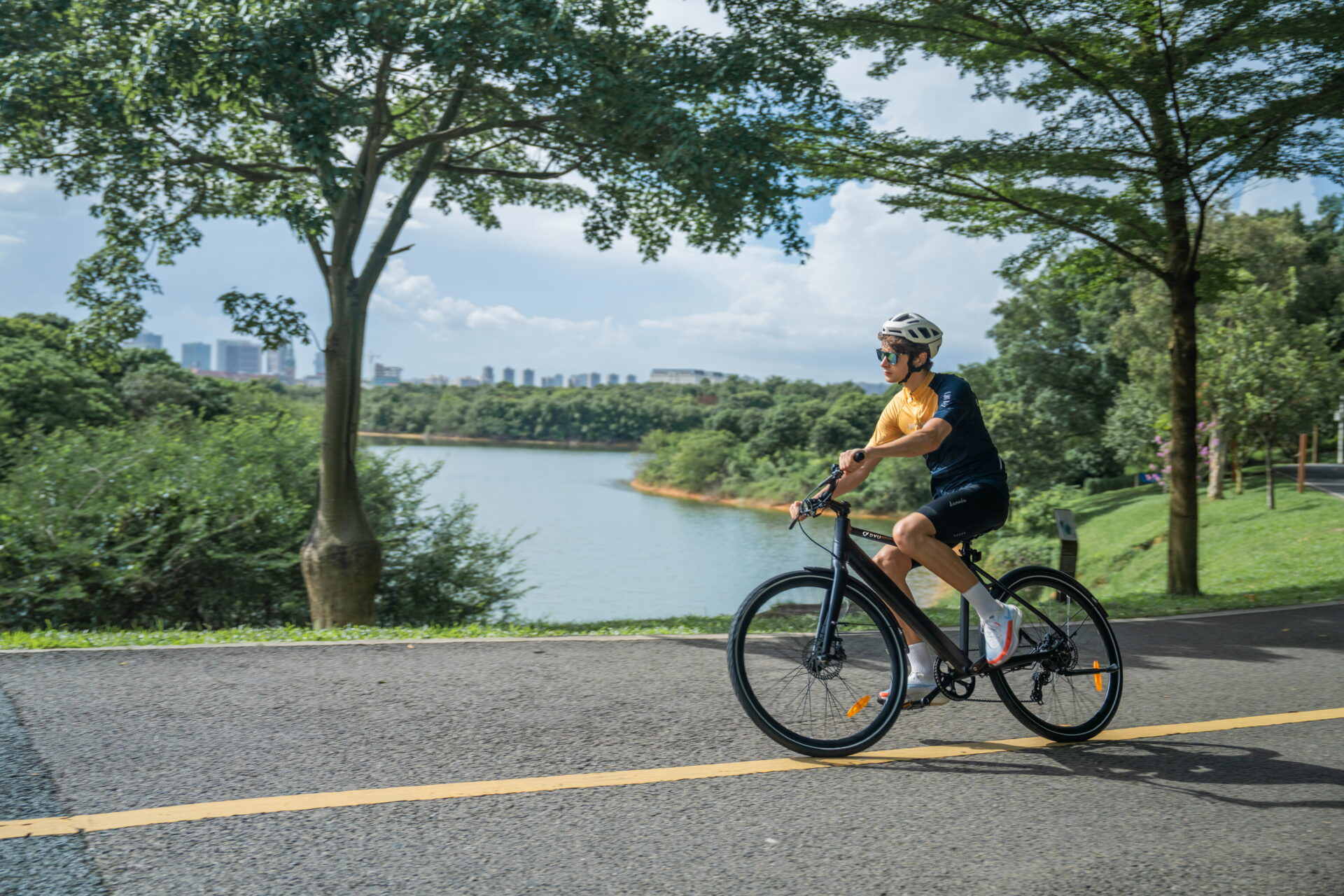
I like numbers, so I did a direct cost comparison between using a car and using an electric bike for my usual local trips. Here’s how it looked when I added everything up:
| Cost Item | Car (Yearly) | E-Bike (Yearly) |
|---|---|---|
| Fuel / Electricity | €1,500 (petrol) | ~€30 (home charging) |
| Insurance | €600 | €0 (not required) |
| Maintenance | ~€300 | ~€100 (basic servicing) |
| Parking + Road Fees | ~€400+ | €0 |
| Road Tax / Registration | ~€150 | €0 |
| Depreciation / Purchase | ~€1,000 (conservative) | ~€300–€500 (amortised) |
| Estimated Total | €3,000–€4,000 | €400–€700 |
Even on the high end, an e-bike costs less than a quarter of a car’s annual expenses. The biggest upfront cost is the bike itself, which varies depending on the model — but it’s a one-time payment or can be financed over time. And the running costs? Almost negligible by comparison.
If you’re interested in trying your own numbers, this TCO calculator is a great starting point.
3. The Hidden Savings (and Unexpected Wins) of Riding an E-Bike
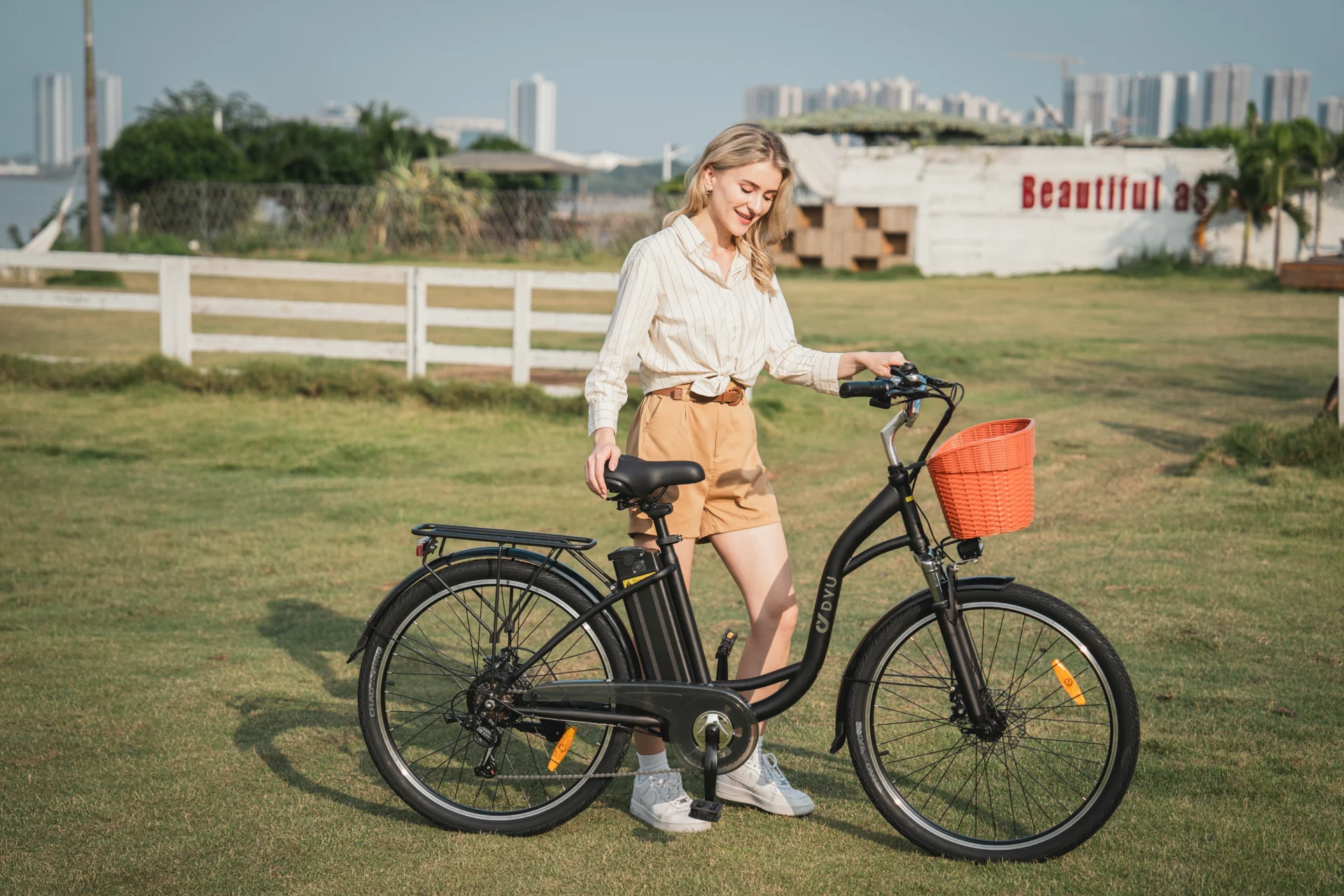
What surprised me most wasn’t the cost savings — it was how much I enjoyed the switch.
Here are a few of the unexpected benefits I discovered after trading four wheels for two:
🚫 No More Parking Stress
Finding parking used to be part of every journey. Now, I lock my bike near the entrance or bring it indoors. It’s fast, easy, and free.
⏳ More Time in My Day
E-bikes are quicker than many people think. For trips under 10 km, I often beat traffic and arrive sooner than I would by car. Plus, there’s no time wasted fueling up or queuing in jams.
💪 Health Benefits Without Overexertion
I’m moving more every day — not in a sweaty, exhausting way, but in a natural, low-impact way that keeps me active and feeling good. I barely notice I’m exercising.
🌍 Smaller Environmental Footprint
While this wasn’t my main motivation, it’s still nice to know I’m reducing emissions and not burning fuel every time I pop to the shops.
🧠 Less Mental Clutter
Car ownership comes with so many little worries: MOT dates, insurance renewals, checking tyre pressure, keeping fuel in the tank. The e-bike stripped all of that away.
If you’re new to this world, I highly recommend this Electric Bike Beginner’s Guide, which walks you through the basics.
4. How to Choose the Right E-Bike for Your Lifestyle

This part took me the longest. There are so many models out there, and the best one for you depends on how you’ll use it. Here’s a basic comparison table to help guide your choice:
| Type | Best For | Pros | Cons |
|---|---|---|---|
| Commuter | Daily city rides | Comfortable, efficient, well-balanced | Larger size, needs storage space |
| Folding | Small homes, public transport | Compact, easy to store and carry | Smaller wheels, shorter range |
| Hybrid | Leisure + light commuting | Upright position, versatile | Midweight, not off-road capable |
| Cargo | Shopping, kids, work deliveries | High carrying capacity | Heavier, more expensive |
Since I live in a small flat with narrow stairwells, I went for a folding model. After some searching, I found the DYU A1F Pro. It’s compact, folds in seconds, has front and rear lights built in, and enough range (~40 km) for all my daily needs. At just over 21 kg, it’s manageable to lift and store indoors.
If you’re still exploring your options, this Electric Bike Buying Guide is super helpful for comparing features, motors, and use cases.
[button size=”medium” style=”primary” text=”DYU A1F PRO” link=”https://voltbike.co.uk/product/dyu-a1f-16-inch-full-folding-electric-bike/” target=””]
5. Is Ditching the Car Worth It? My Honest Conclusion After 6 Months
Here’s the thing: I didn’t fully give up on cars. I still rent or borrow one occasionally for weekend trips or bulky errands. But for everyday travel, the e-bike now does almost all the work — and it does it better.
Things I miss:
- Comfort in extreme weather (icy rain isn’t fun on two wheels)
- Boot space for big grocery hauls or transporting furniture
Things I definitely don’t miss:
- Constant fuel bills
- Insurance paperwork
- Traffic queues
- Annual inspections
- Surprise garage bills
The money I’ve saved in six months has already gone toward more useful things — like a better laptop, a weekend trip I postponed for years, and just having more breathing room in my monthly budget.
Final Thoughts: Is an E-Bike Right for You?
If most of your daily driving is under 15 km, if you live in a town or city, and if you’re looking to reduce your transport costs without giving up convenience — yes, absolutely consider it.
You don’t need to be a cyclist, athlete, or eco-warrior to make the switch. All you need is a basic route, a safe place to park or store the bike, and the willingness to try a different rhythm of movement.
🚴♂️ Take the First Step Today
Look at your current transport habits. How many of those car trips could realistically be replaced by an electric bike? Even switching just half of them could save you hundreds of euros each year — while making your routine simpler, healthier, and maybe even a little more fun.
Want to get started?
- Check out the VoltBike e-bike range
- Visit a local bike shop to test ride a few models
- Or start small with a short e-bike commute once or twice a week
If you’d like help picking the right model or calculating your potential savings, I’m happy to share more. Just drop a comment or send a message — I’ll do my best to help based on real experience.
Your new ride might be closer (and cheaper) than you think.
FAQ
1. Can an e-bike really replace a car?
For short daily trips (under 15 km), yes — an e-bike can handle commuting, shopping, and errands easily.
2. How much can I save by switching to an e-bike?
Most riders save around €2,500–€3,000 per year compared to owning a car.
3. Are e-bikes expensive to maintain?
No — average yearly maintenance costs are about €100, and charging costs are minimal.
4. What type of e-bike should I choose?
It depends on your lifestyle. For small spaces and public transport, a folding e-bike like the DYU A1F Pro is a great option.
5. Do I need a license or insurance to ride an e-bike?
In most countries, no license or insurance is needed if the e-bike meets local speed and power limits (usually 250W and 25 km/h).

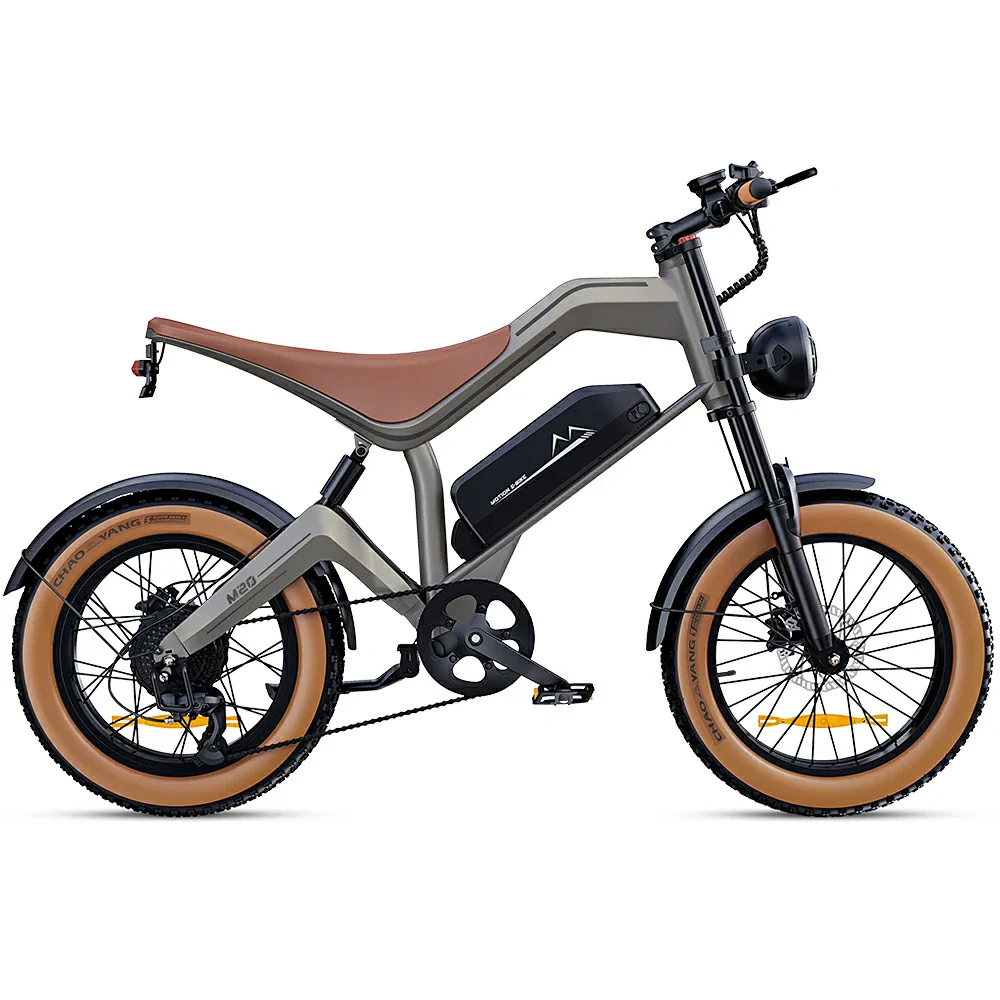
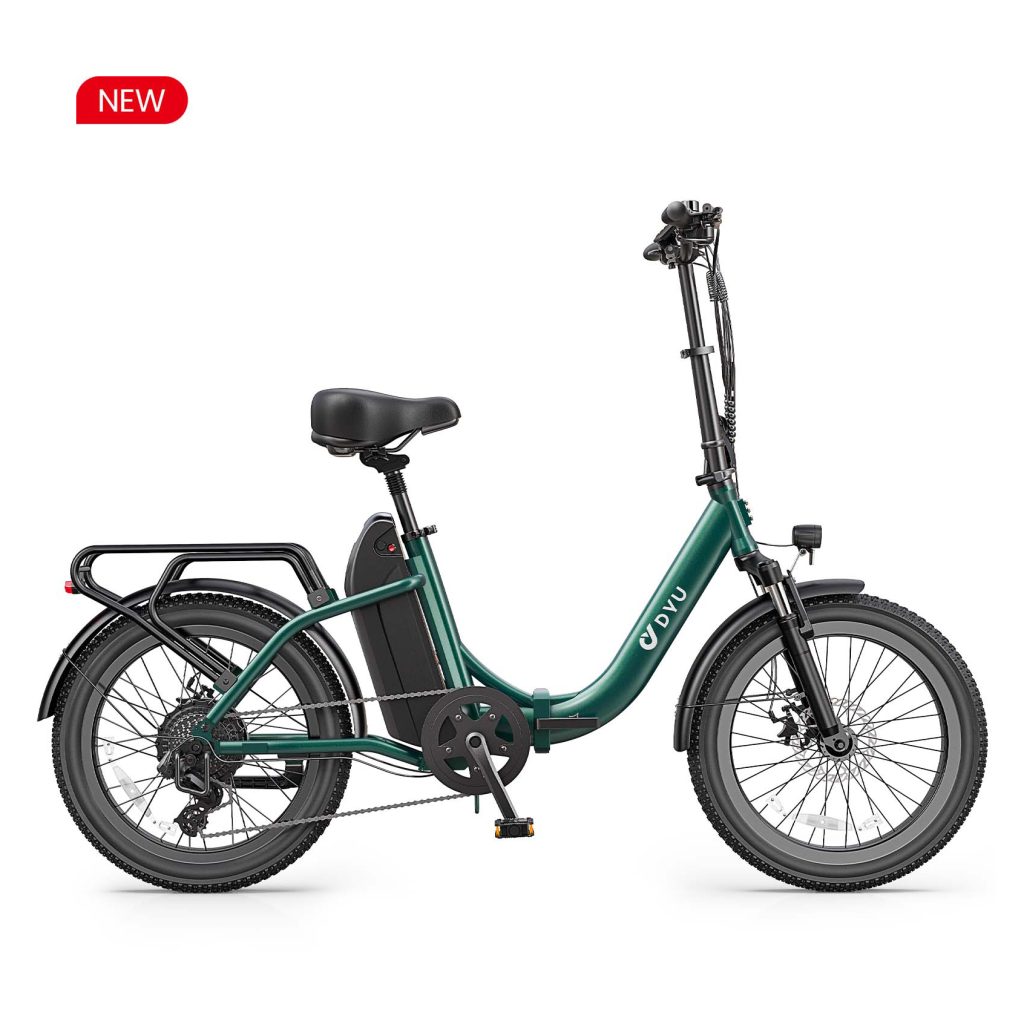
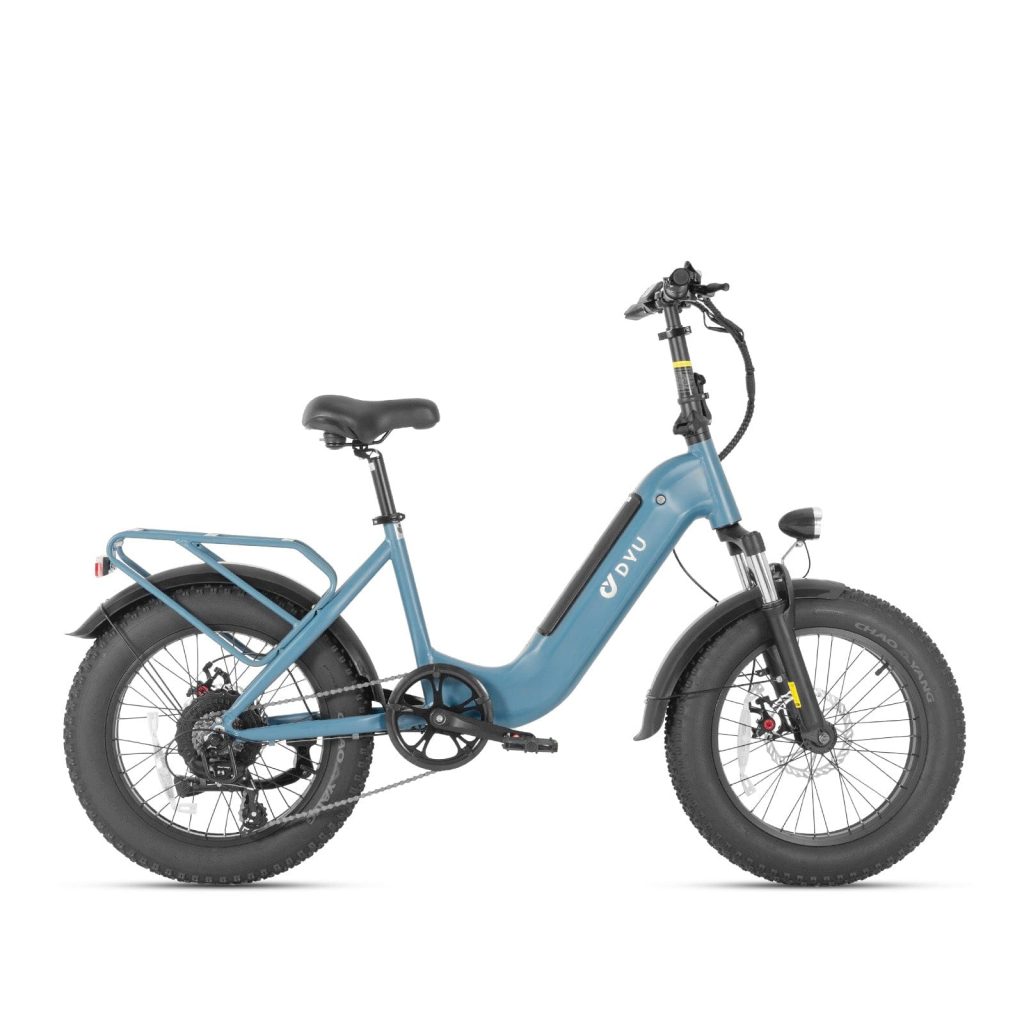
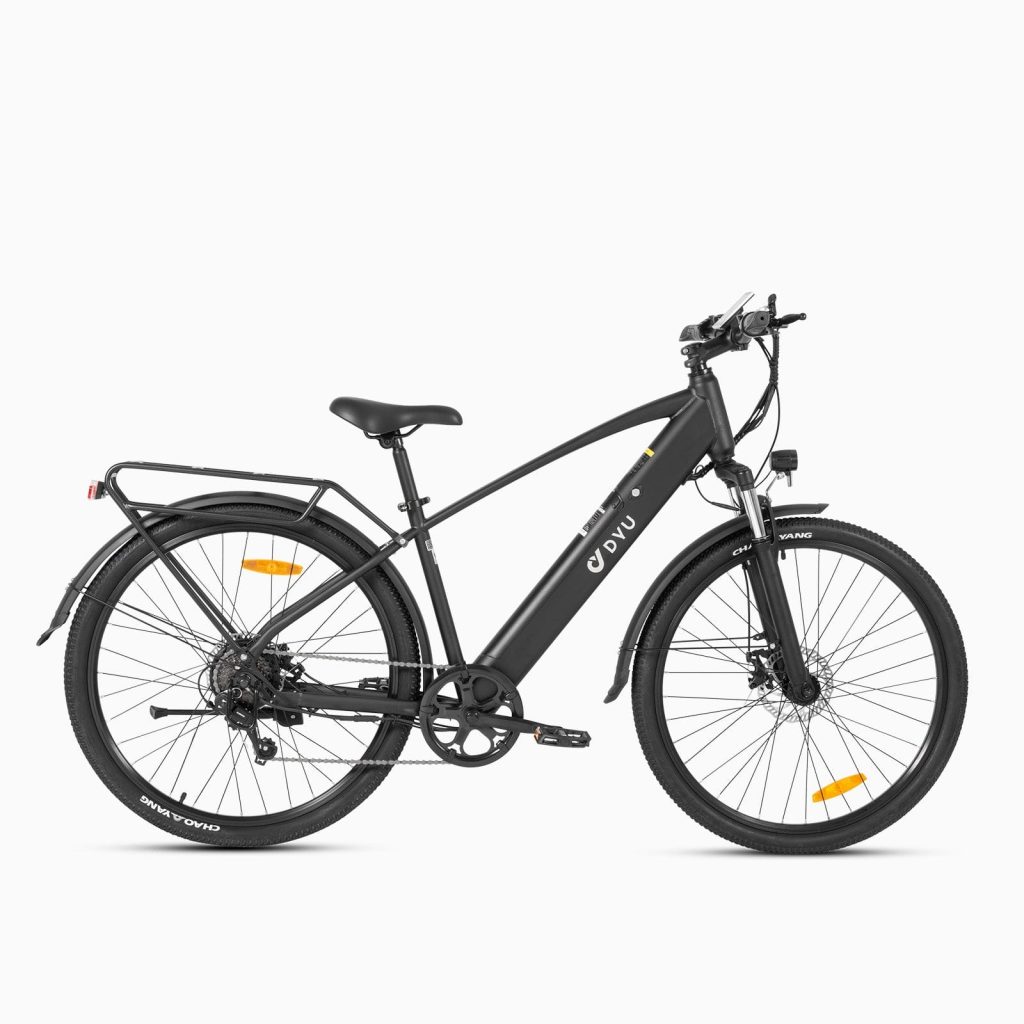
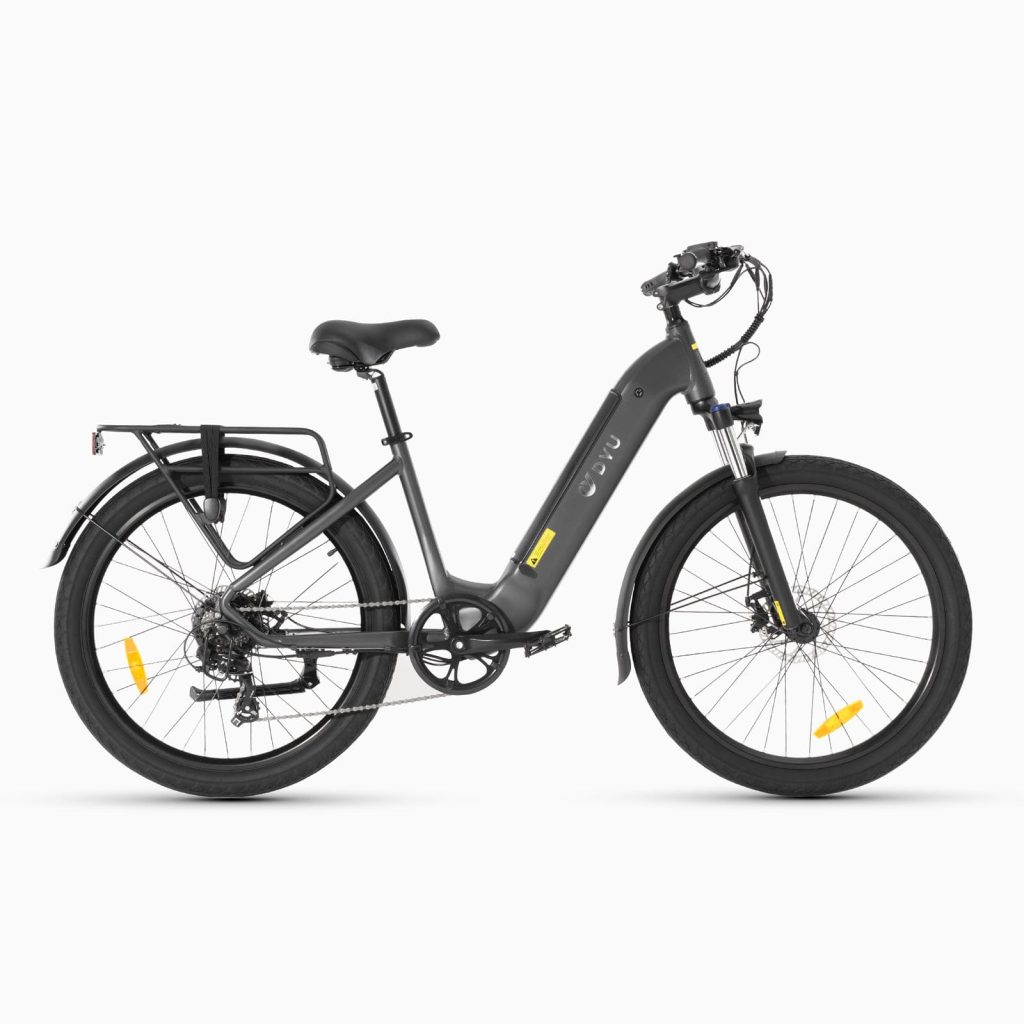
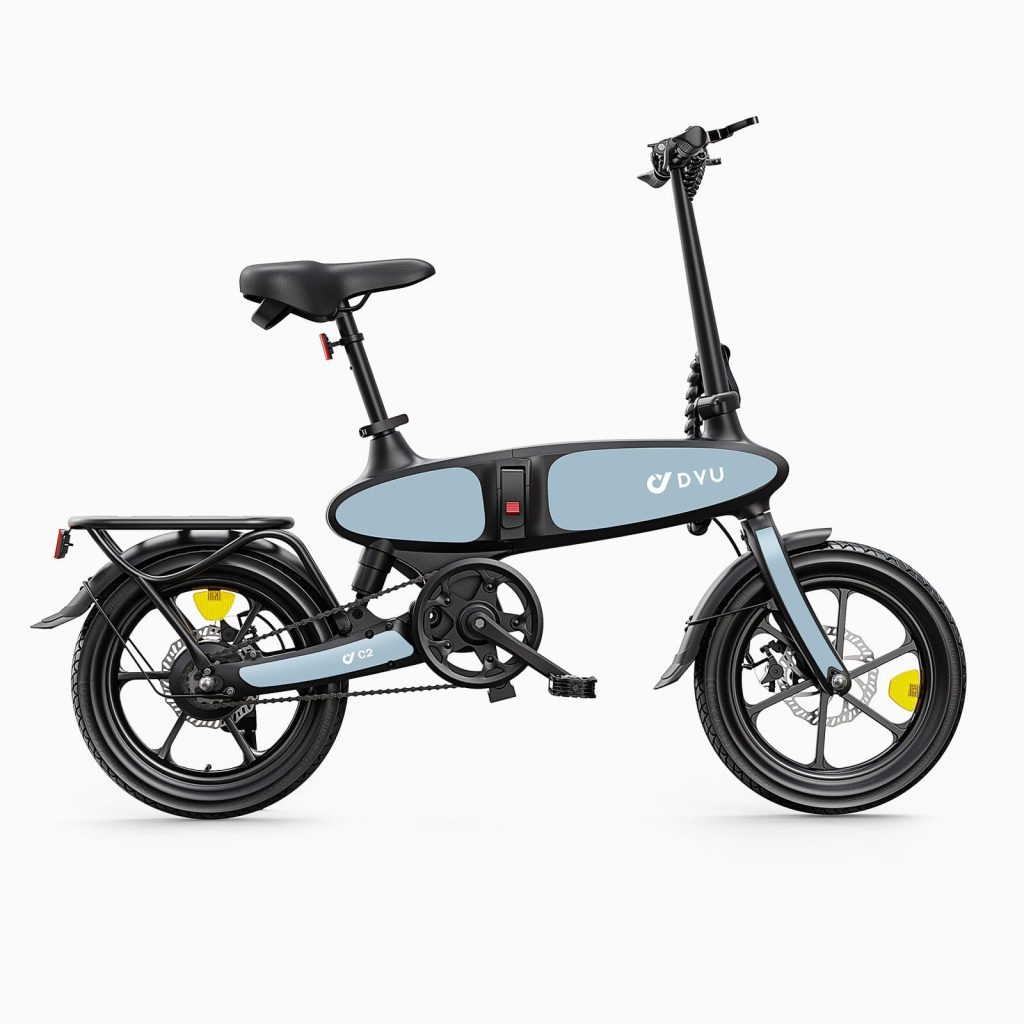
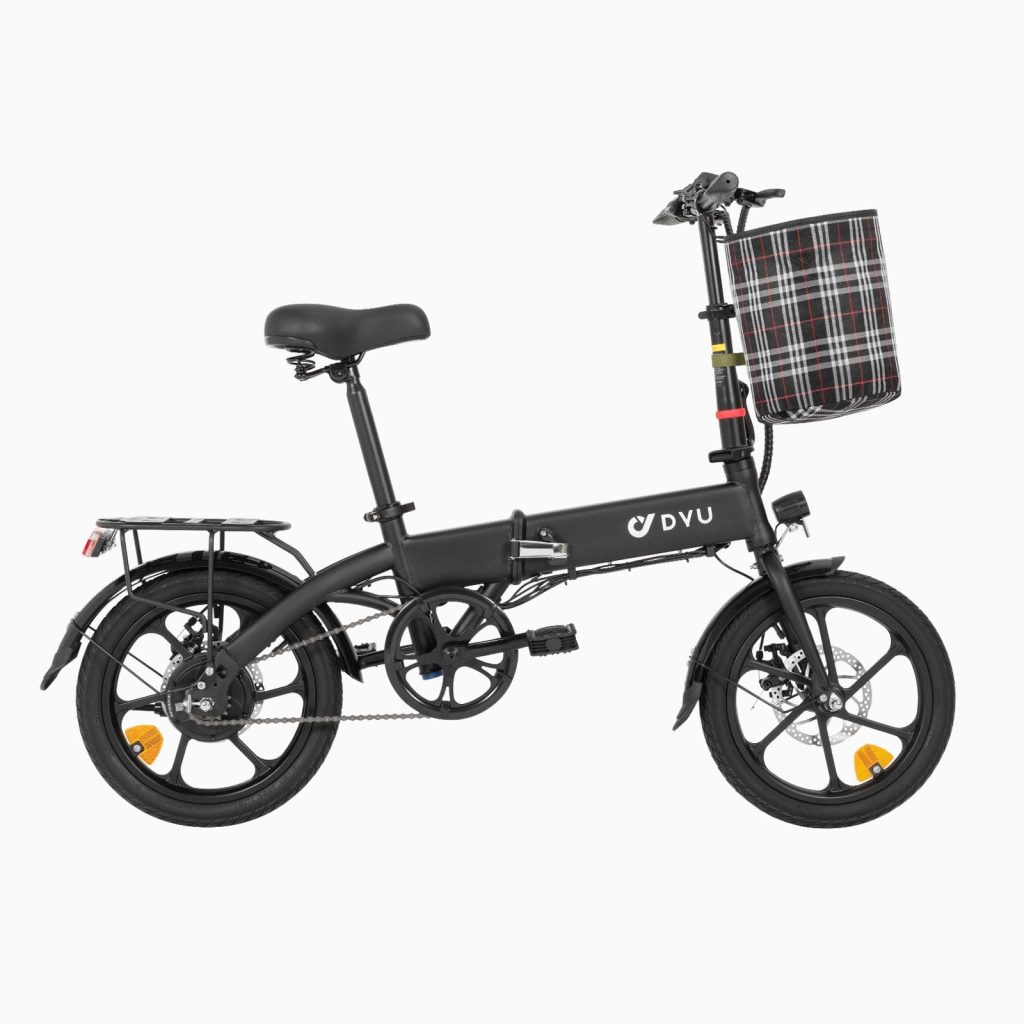
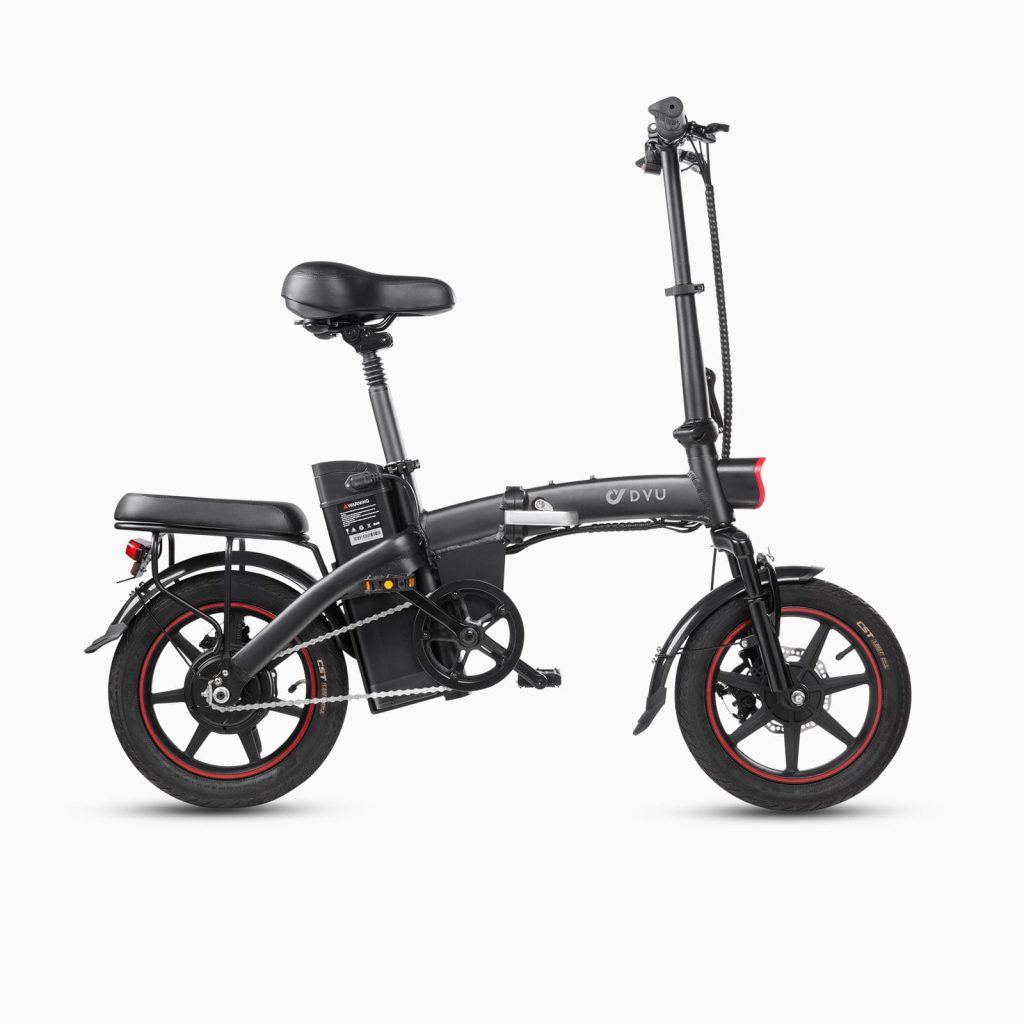

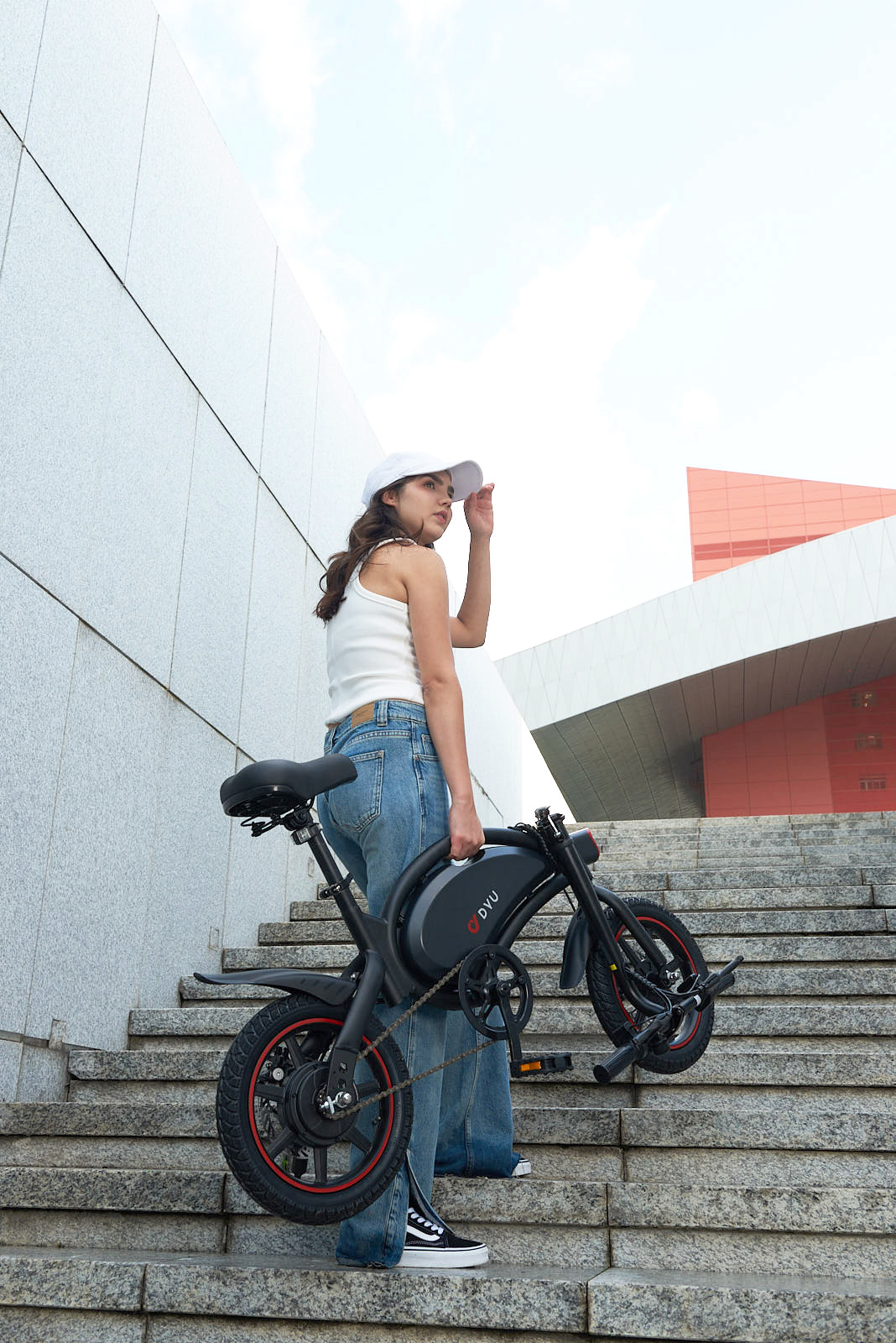
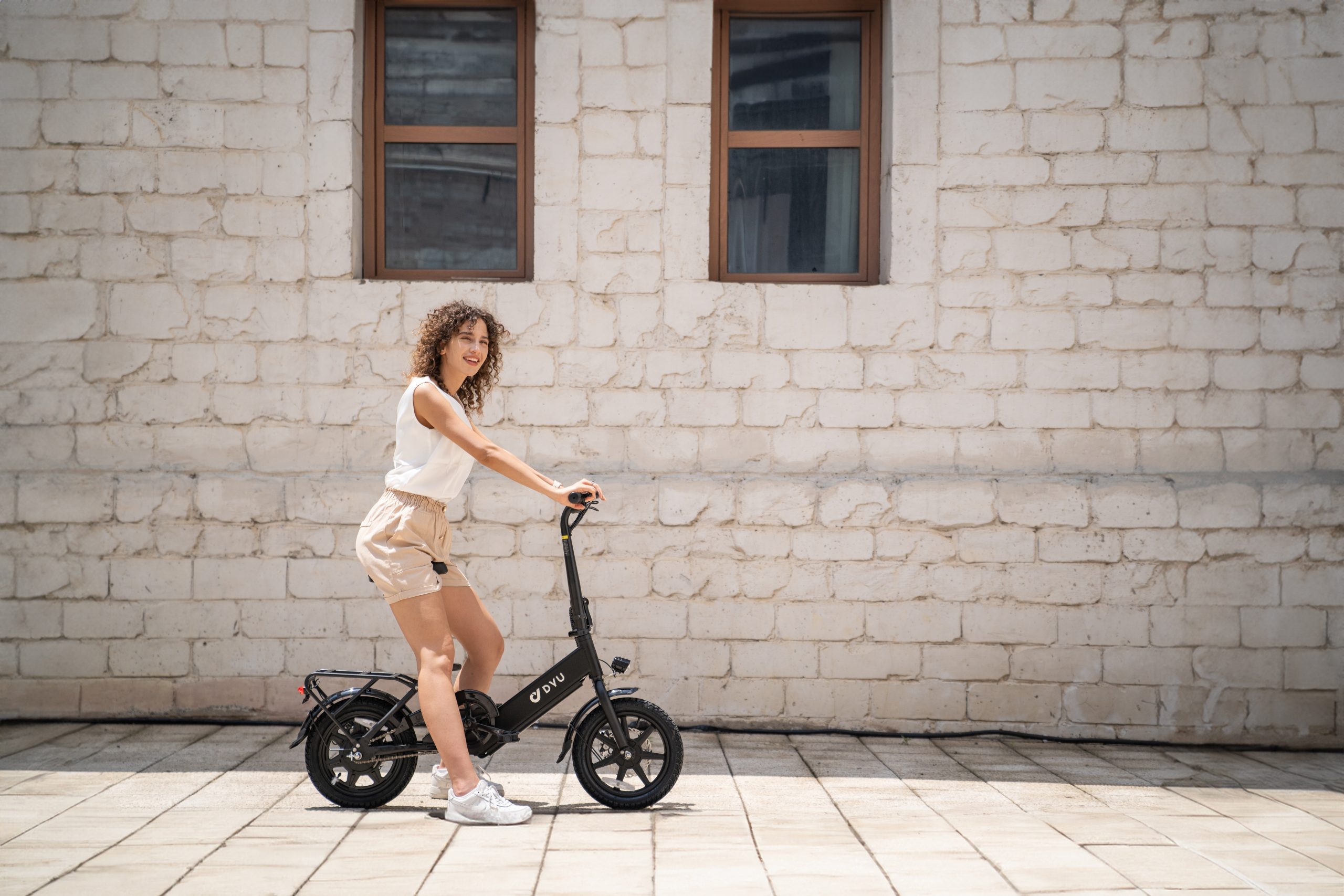
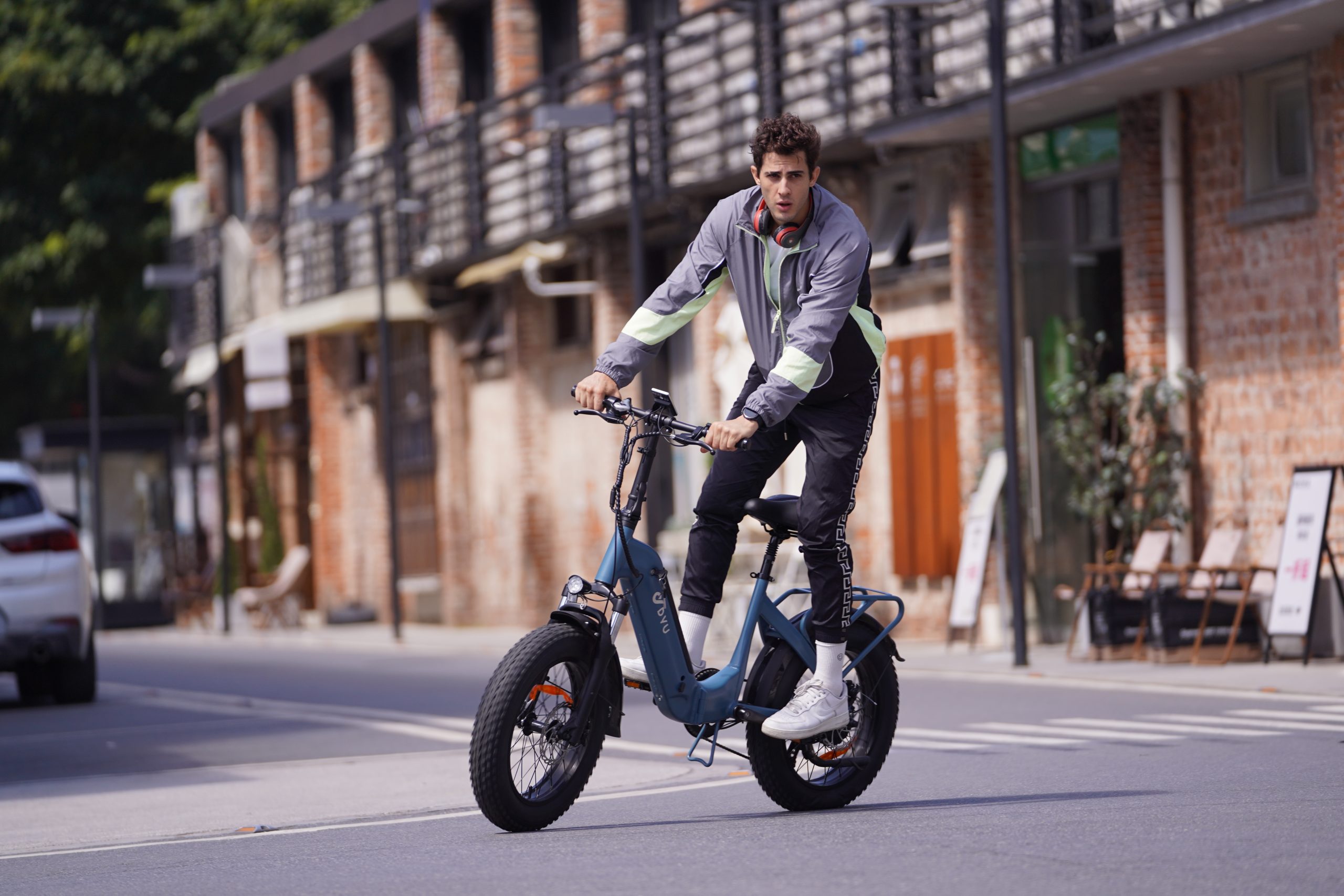

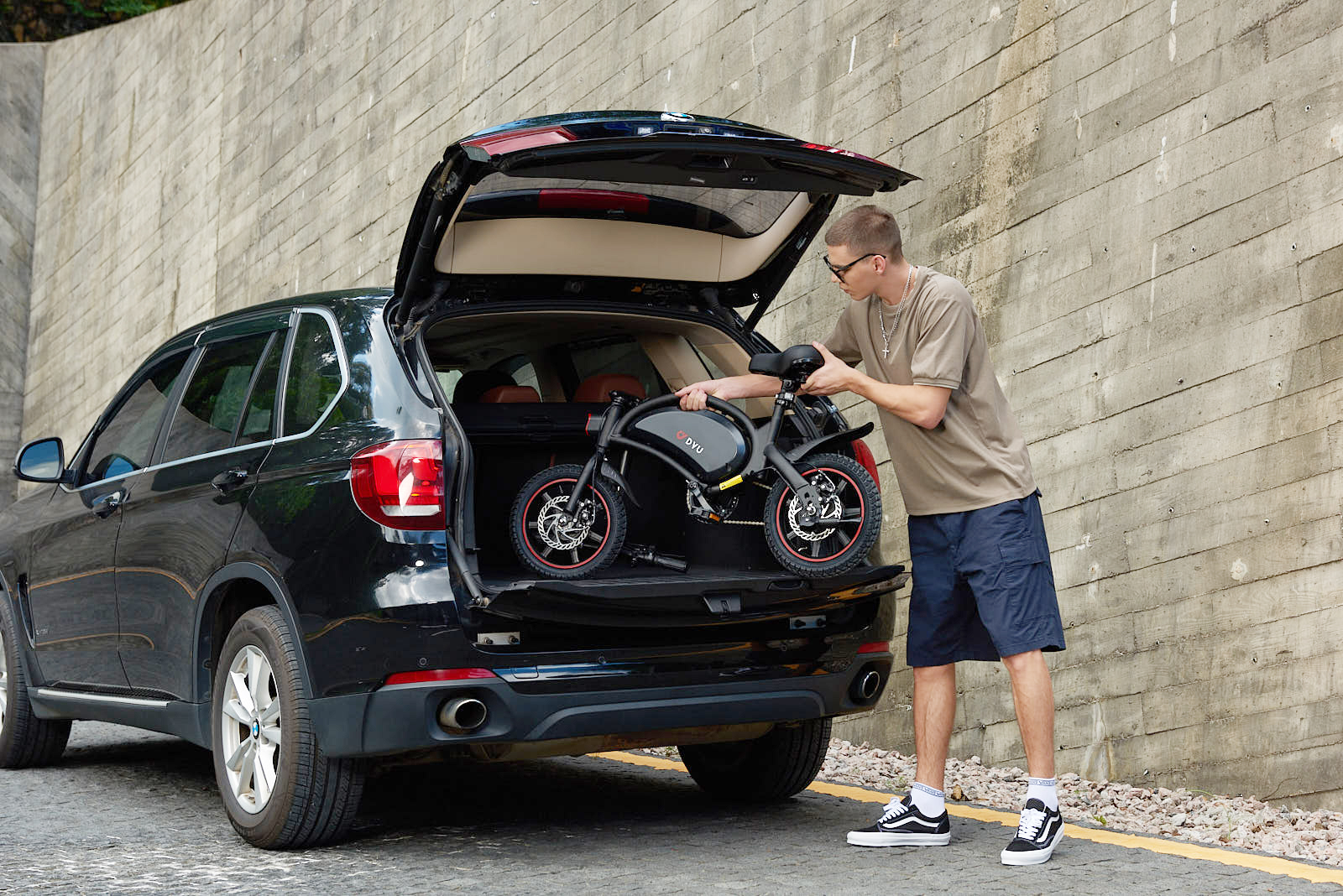
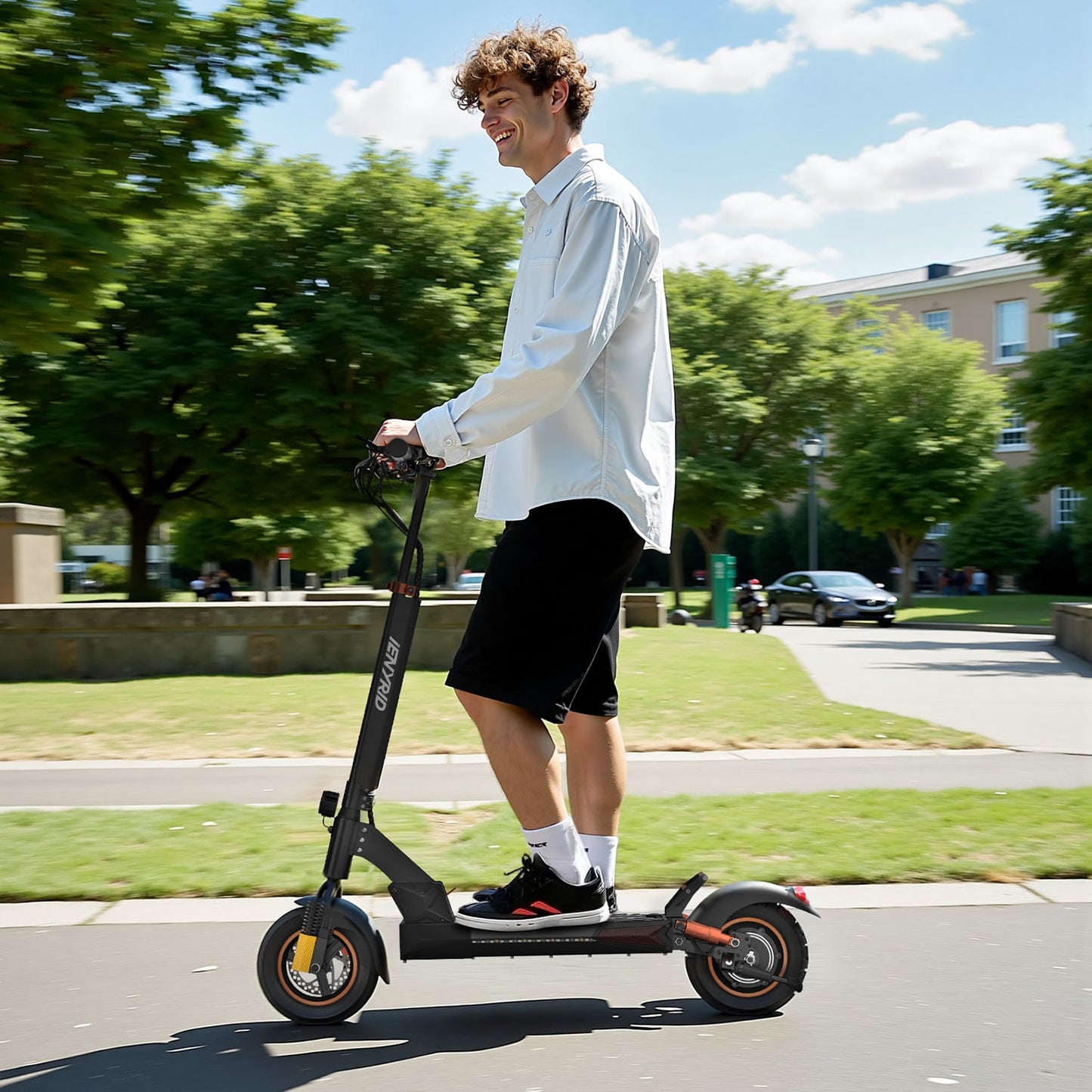
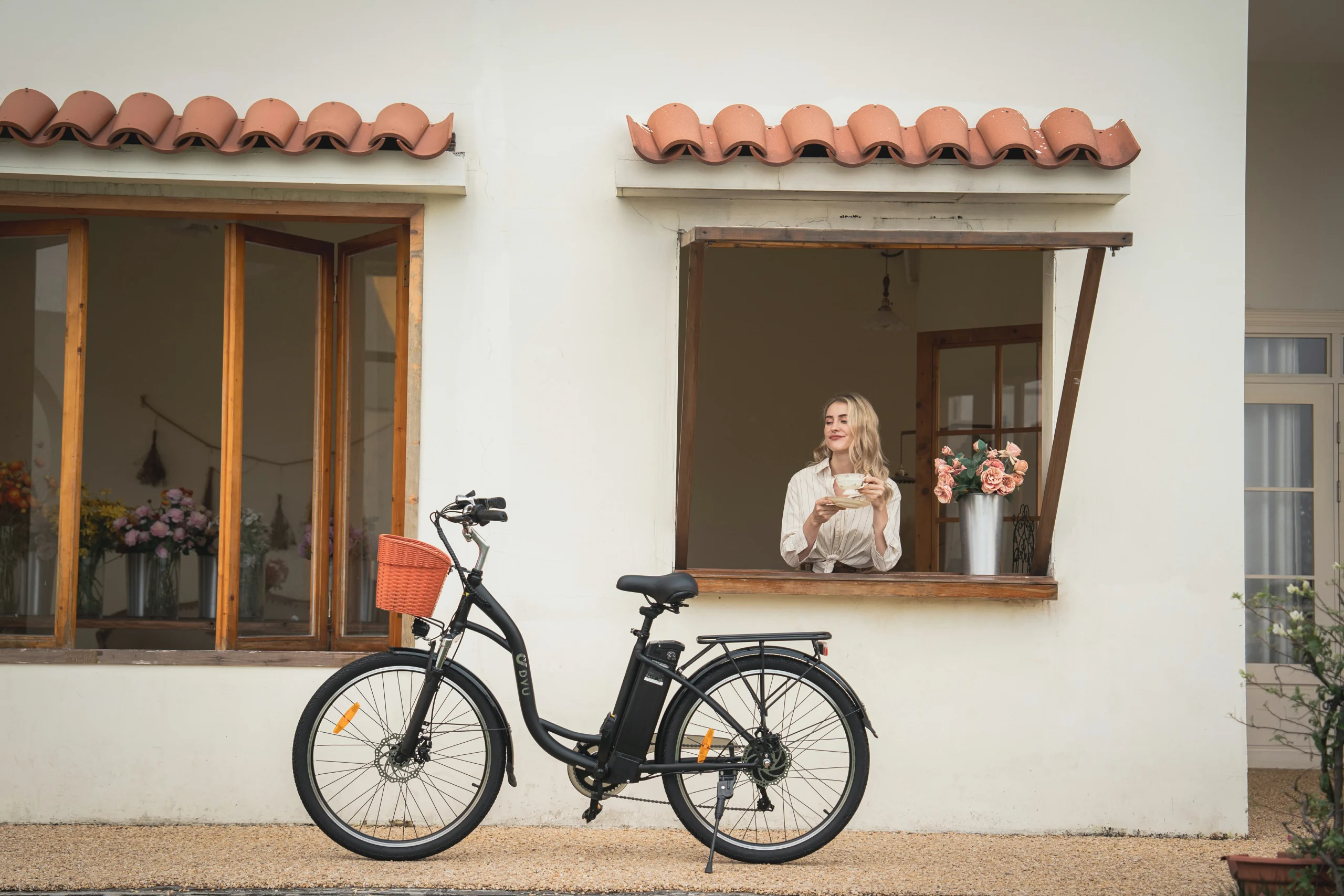

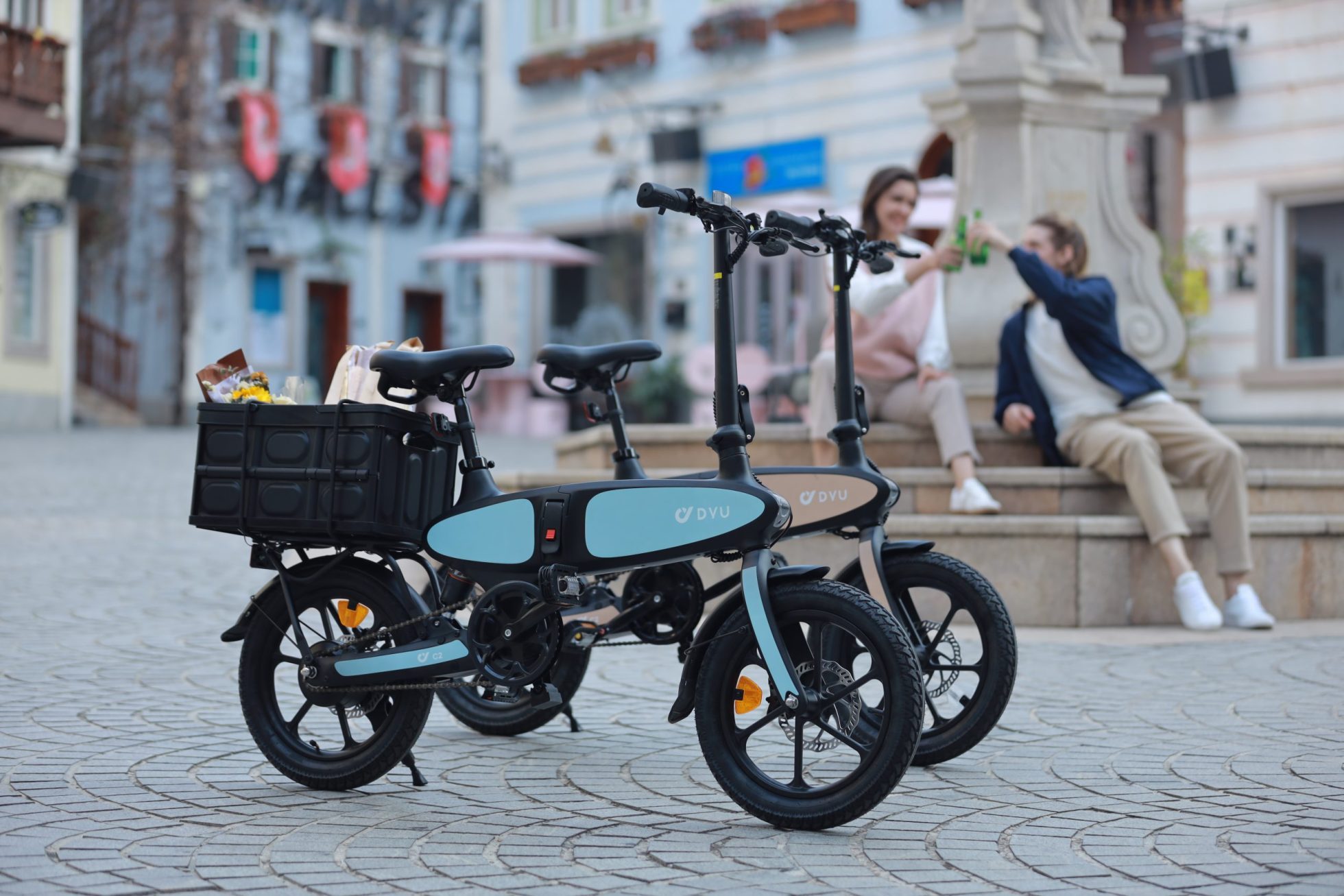
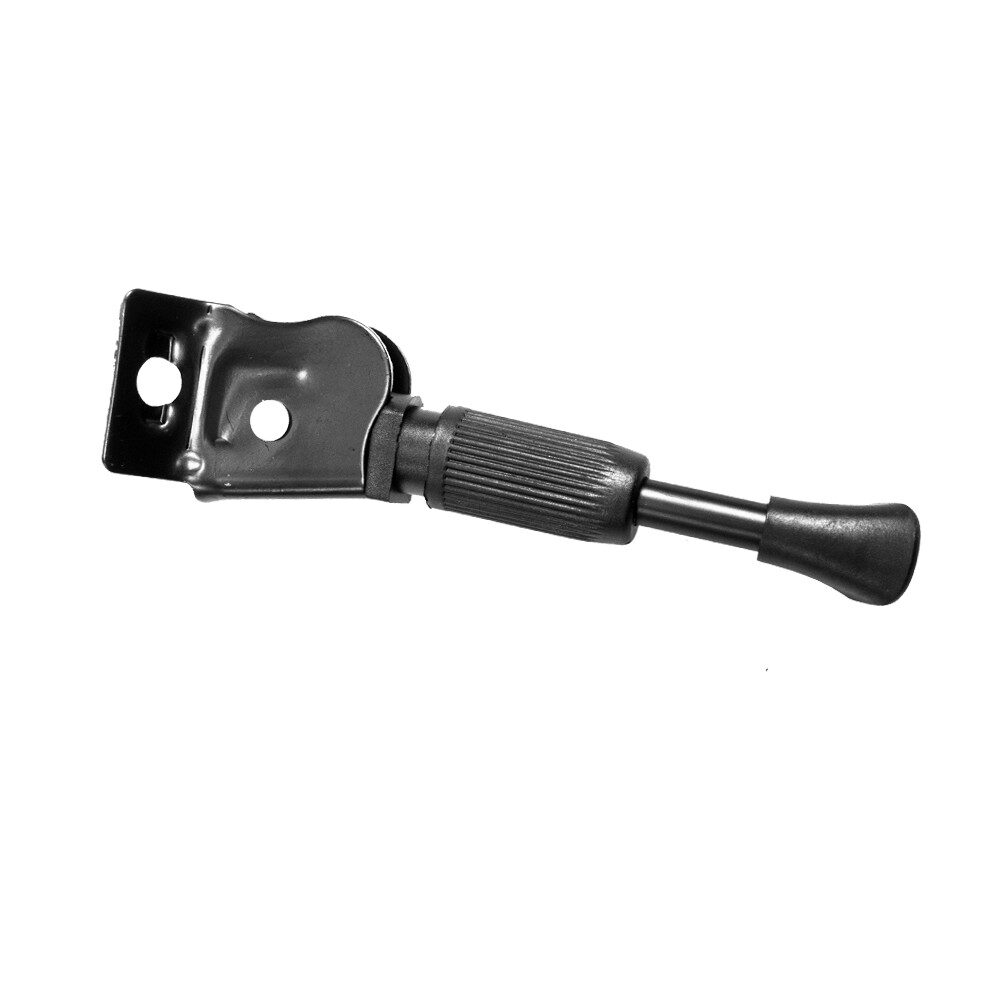
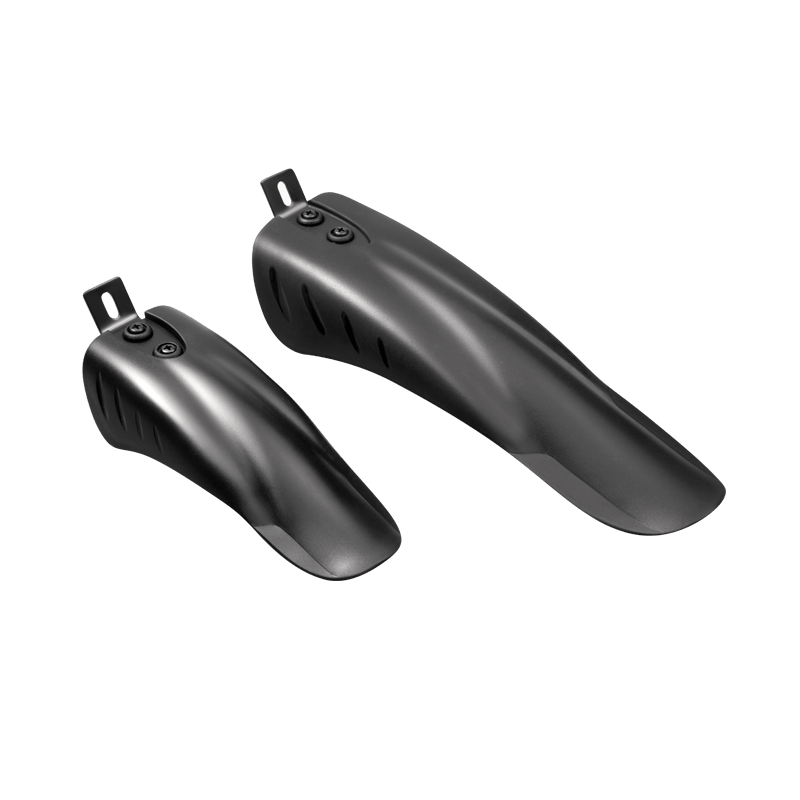

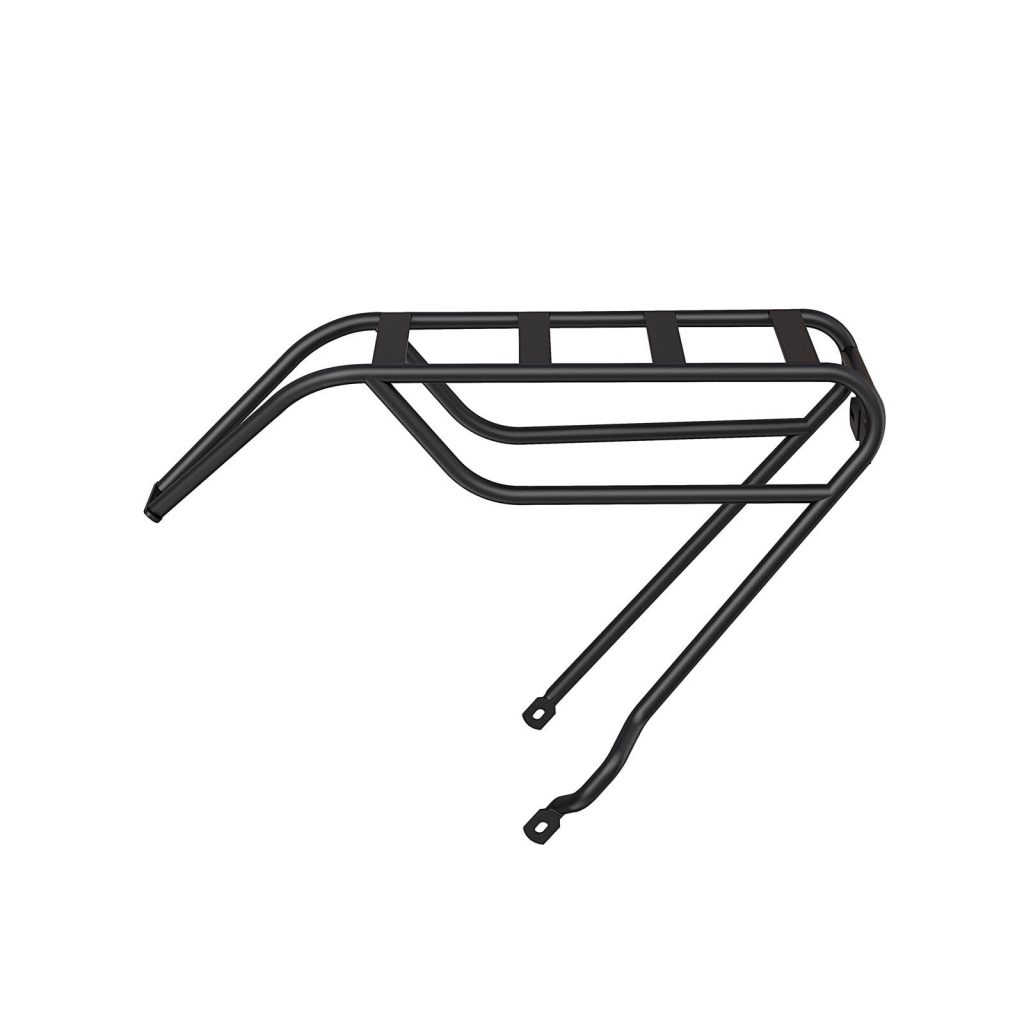
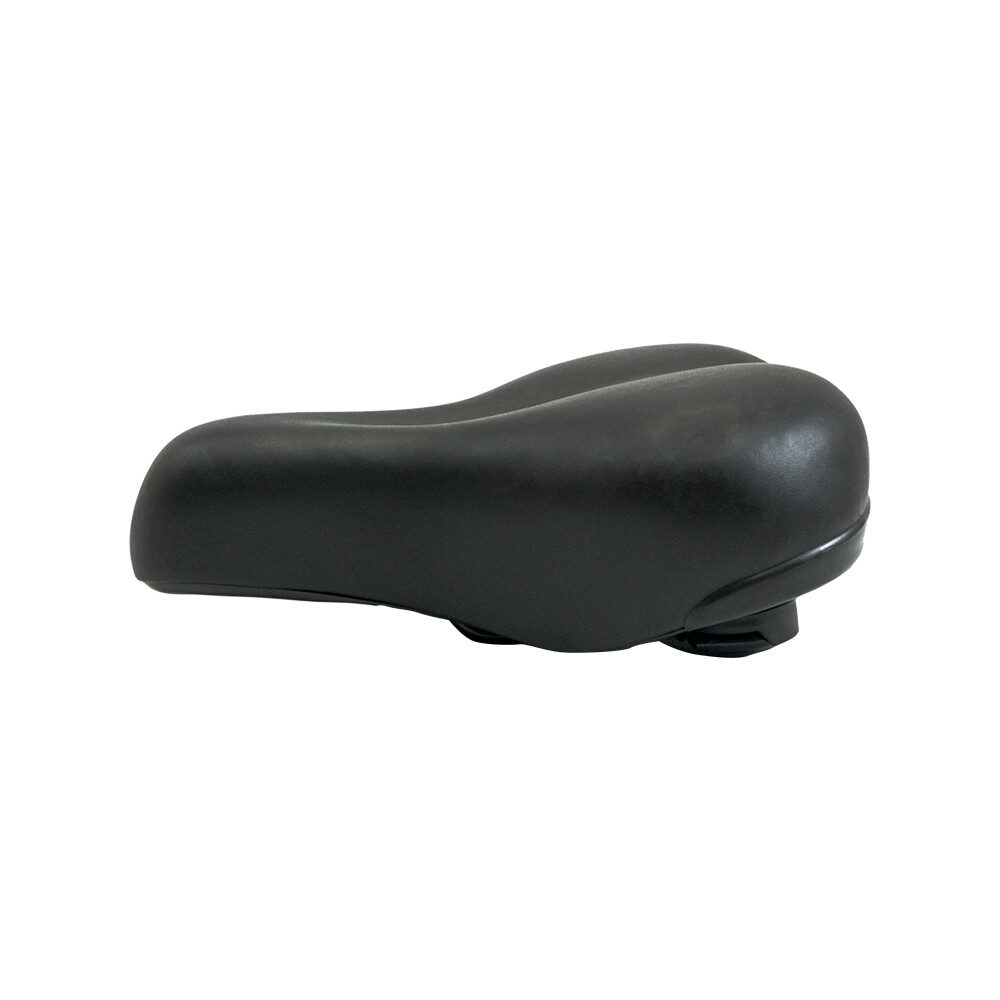
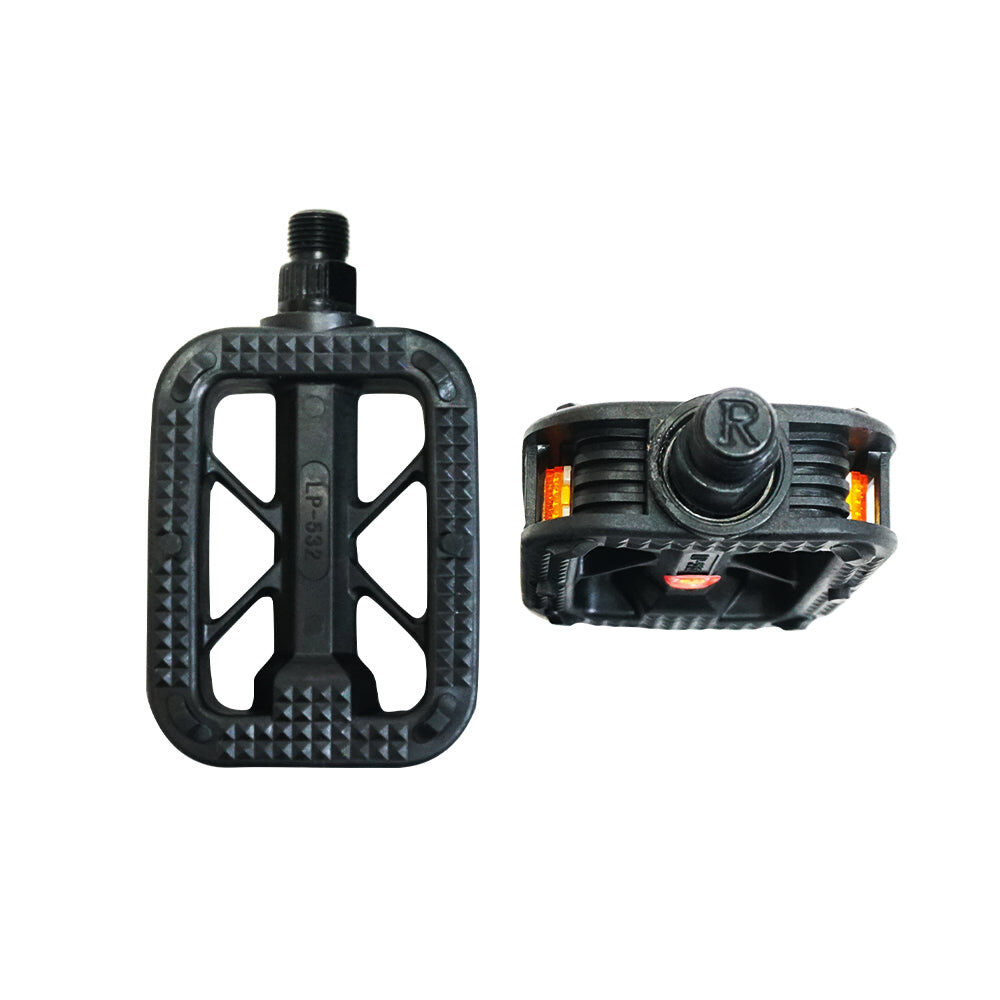
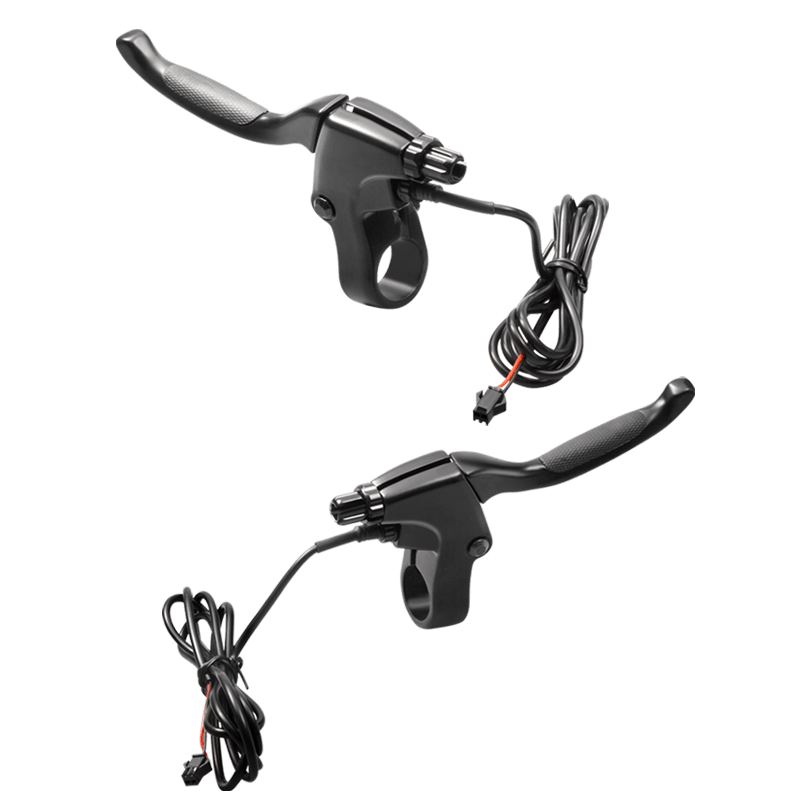
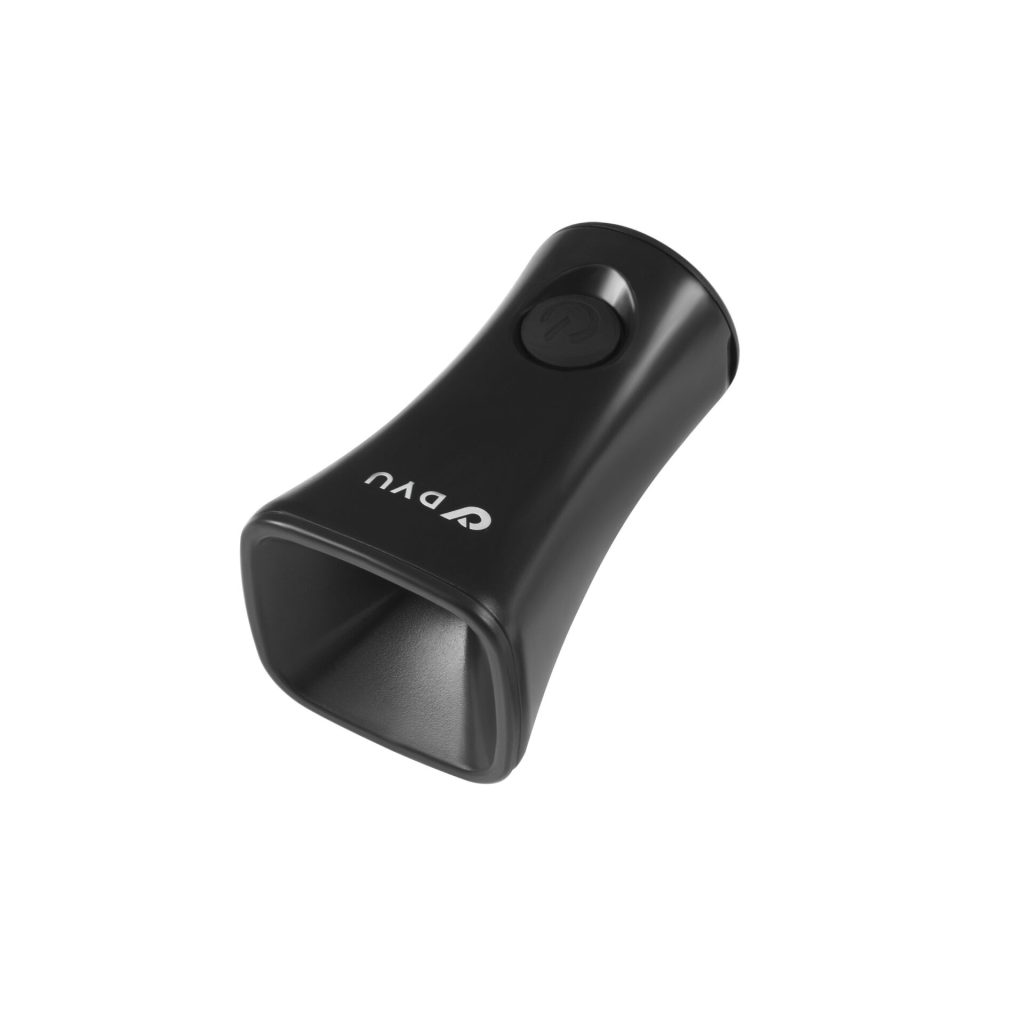

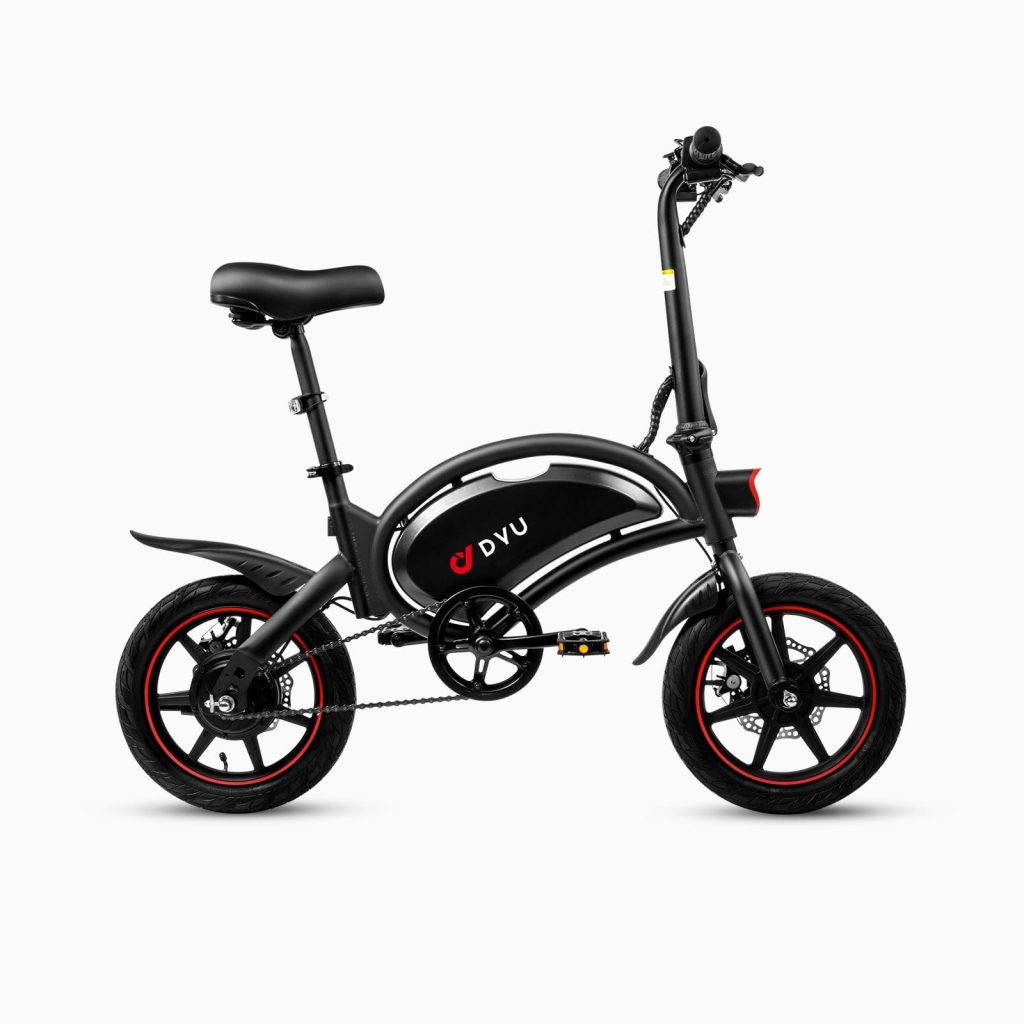
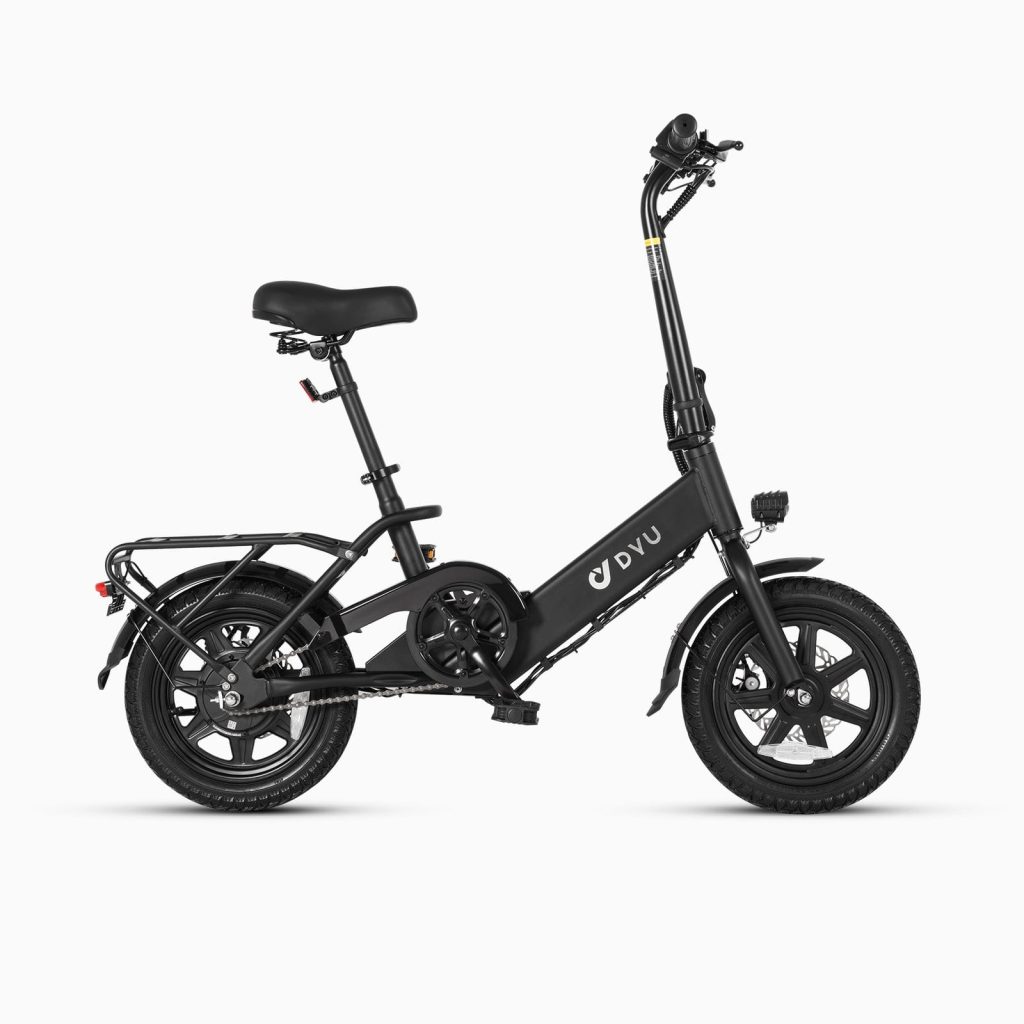

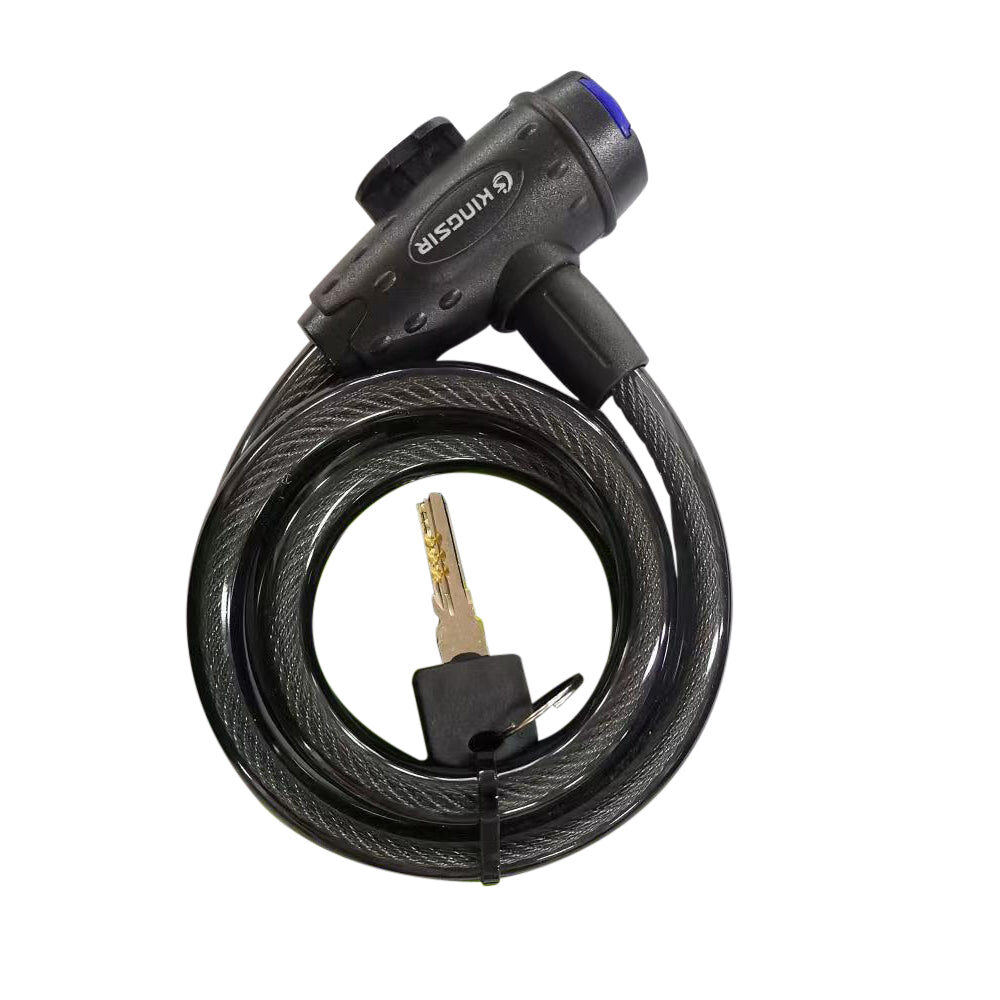

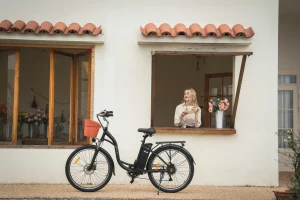

4 comments
Stanley
I live in a flat — how do people usually store their e-bikes?
Jesse
Good point! Many use foldable models or secure wall mounts indoors.
Maud
Love the idea, but I worry about weather and storage when ditching a car entirely.
Eleanor
Just made the switch last month—already saving on fuel and parking.